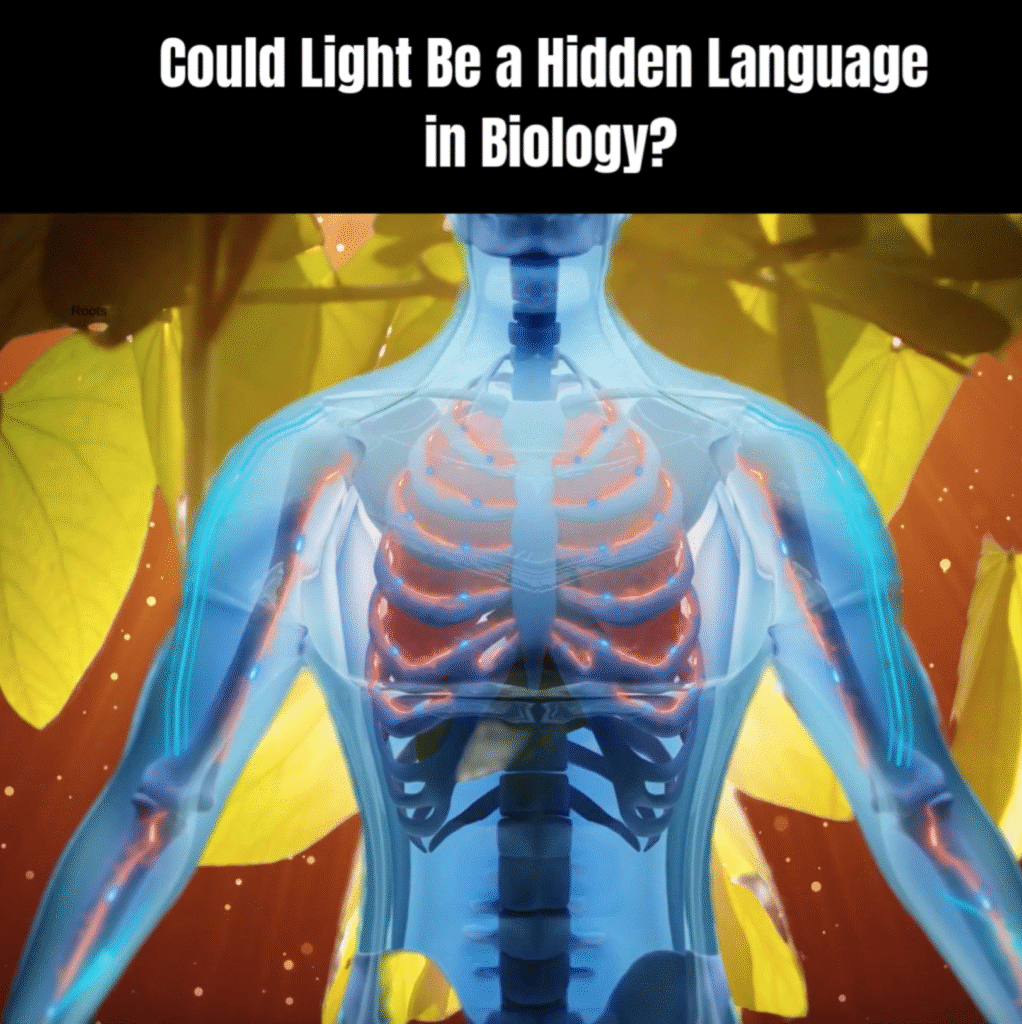Consider this radical possibility: what if living cells communicate and regulate their functions through light?
German biophysicist Fritz-Albert Popp’s research gives potential substance to the idea that we’re truly “beings of light”, and that understanding could transform medicine and our view of life itself.
Popp’s research brought attention to a phenomenon called biophotons: ultra-weak, laser-like light emissions generated by living cells. Using highly sensitive detectors, Popp’s research explored several intriguing findings:
· Coherent Emissions: Biophotons display surprising order and regularity, behaving more like laser beams than random flashes. This has led to speculation that they could form a complex “language” for cellular communication.
· Role of DNA: DNA appears to act not only as the blueprint for life but as a light source and storage device, absorbing and emitting photons to possibly control vital processes within cells.
· Links to Health: Observations suggest that healthy cells emit more structured, coherent light, whereas disorganized or diminished emissions may correlate with disease states.
If these findings hold up under further scrutiny, they could revolutionize the way we understand health and disease—with biophotons providing a holistic means of maintaining cellular harmony. Some have suggested this could open doors to breakthroughs in diagnostics, therapies, and even our grasp of consciousness itself.
Many scientists see the communication and regulatory role of biophotons as intriguing but speculative, with much of the work awaiting replication and acceptance in the mainstream community. Clinical applications are still largely theoretical, and robust, independent validation is needed for widespread adoption.
💫Advancements
Recent years have seen both progress in technology and increased research activity:
Detection Methods: Sensitive instruments, including photomultiplier tubes and advanced CCD cameras, now enable real-time imaging and quantification of biophoton emissions in animal and human tissues.
Medical Applications: Current studies investigate potential links between biophoton emissions and health states such as oxidative stress, cancer, and brain activity, raising hopes for new diagnostic tools and therapeutic monitoring techniques.
Animal and Human Research: Advanced imaging has visualized changes in biophoton output in living mice and correlated these with physiological states such as health, disease, and post-mortem transitions. Human pilot studies have started to map emissions in relation to nerve function, diabetes, and brain injury.
Could Light Be a Hidden Language in Biology? 💡🌿🧬

